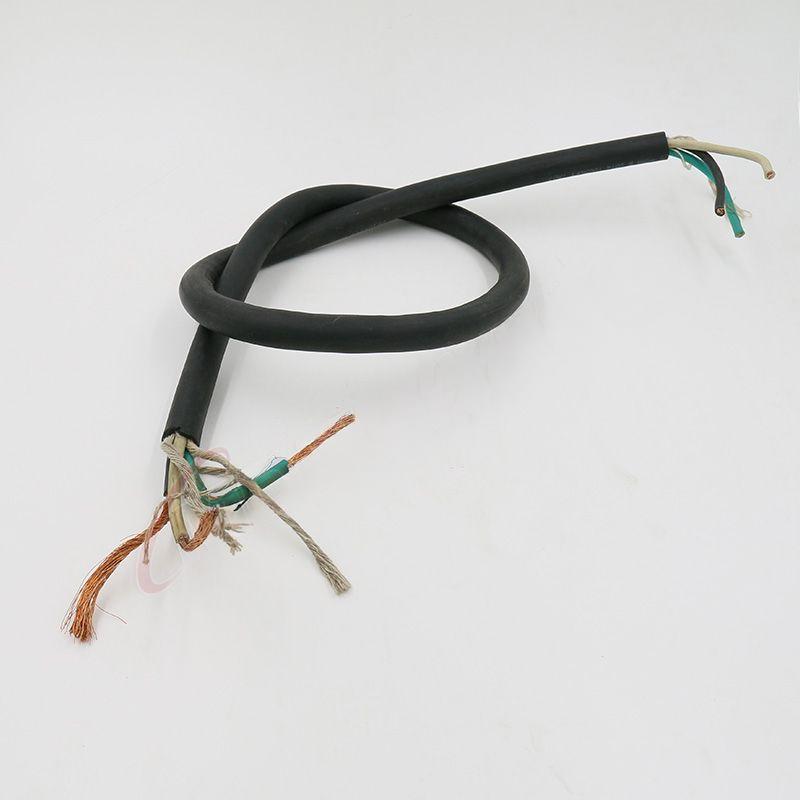دېكابىر . 23, 2024 12:44 Back to list
Wafer Butterfly Valve Manufacturing Plant Overview and Key Features
The Wafer Butterfly Valve Factory A Comprehensive Overview
In the world of industrial applications, valves play a crucial role in regulating the flow of liquids and gases. Among the various types of valves, the wafer butterfly valve stands out for its efficiency, compact design, and versatility, making it a staple in many industries. This article will explore the significance of wafer butterfly valves, the processes involved in their manufacturing, and the broader implications of their use.
Understanding Wafer Butterfly Valves
A wafer butterfly valve consists of a metal disc that pivots on a shaft, allowing it to rotate perpendicularly to the flow. This design enables the valve to have a low profile, minimizing the space it occupies within a pipeline. The term wafer refers to the valve's ability to fit between two flanges without the need for extra support, which is particularly beneficial in installation spaces that are limited.
Wafer butterfly valves are predominantly used in applications such as water treatment, chemical processing, and HVAC systems. Their lightweight structure makes them suitable for various installation environments, and they offer a cost-effective solution for flow control. Moreover, they deliver tight sealing performance, which reduces leakage and enhances system efficiency.
The Manufacturing Process
The production of wafer butterfly valves involves several key steps, from material selection to final inspection. Understanding these processes is essential for appreciating the quality and reliability of the final product.
1. Material Selection The first step in manufacturing wafer butterfly valves involves choosing the right materials. Common materials include ductile iron, stainless steel, and PVC. The choice depends largely on the specific application environment, including factors such as temperature, pressure, and the corrosiveness of the flow media.
2. Casting or Machining After selecting the material, manufacturers proceed with the casting or machining process. For metal valves, casting methods like sand casting or investment casting are often employed. This involves pouring molten metal into a mold to create the valve body. For plastic valves, injection molding is used to shape the components precisely.
wafer butterfly valve factory

3. Assembly Once the individual components are produced (body, disc, stem, and seals), they are assembled. Assembly requires meticulous attention to detail, as the inner mechanics of the valve must work seamlessly to ensure proper function. This stage may also include the installation of additional features, such as actuators for automatic operation.
4. Quality Control Before the valves are released to the market, they undergo rigorous quality testing. This can include hydrostatic tests to check for leaks, functional testing to ensure proper operation, and dimensional inspections to verify that everything meets industry standards. Quality control is paramount, as even minor defects can lead to failures in the field.
5. Surface Treatment The final step in the manufacturing process often involves surface treatment to enhance corrosion resistance. Techniques such as galvanizing, powder coating, or applying epoxy coatings are commonly used to ensure that the valves can withstand harsh environmental conditions.
The Broader Impact
The wafer butterfly valve industry contributes significantly to various sectors by providing reliable solutions that enhance operational efficiency. Their compact design not only saves space but also simplifies installation and maintenance. Moreover, the ability to minimize leakage aligns with the growing emphasis on sustainability and environmental protection.
As industries increasingly focus on automation and advanced control systems, the demand for wafer butterfly valves equipped with actuators is expected to rise. These automated systems can offer improved precision in flow regulation, further driving efficiency in processes across different sectors.
Conclusion
In conclusion, wafer butterfly valves are a vital component in the landscape of fluid control. The dedicated manufacturing process ensures that these valves meet the diverse needs of various applications while adhering to high standards of quality and reliability. As industries evolve and seek more efficient and sustainable solutions, the role of wafer butterfly valves—and the factories that produce them—will undoubtedly continue to expand, making them an essential element in the future of industrial operations. With ongoing innovations and advancements in technology, the wafer butterfly valve industry is poised for exciting developments, supporting the infrastructure of numerous key sectors worldwide.
Share